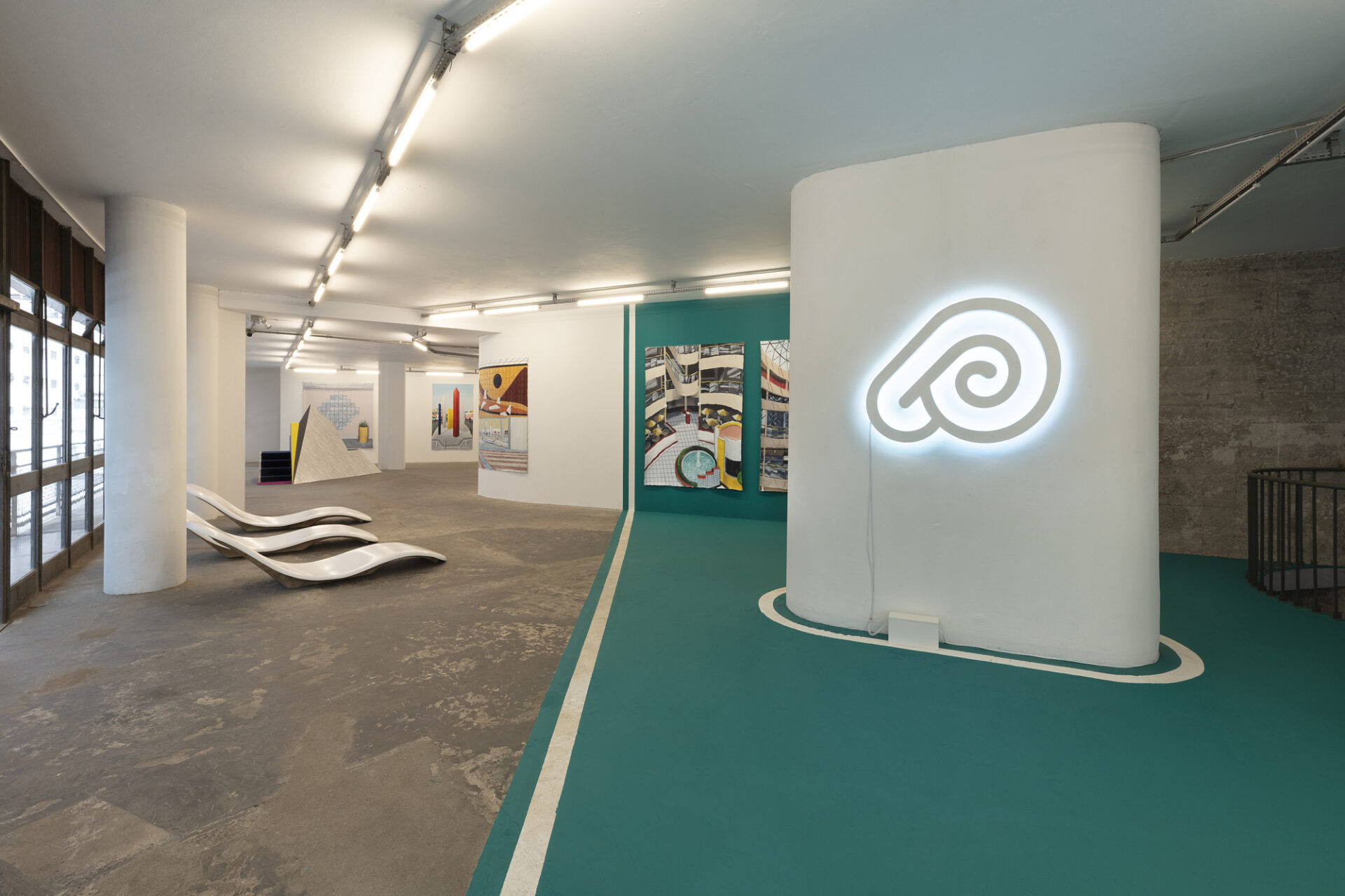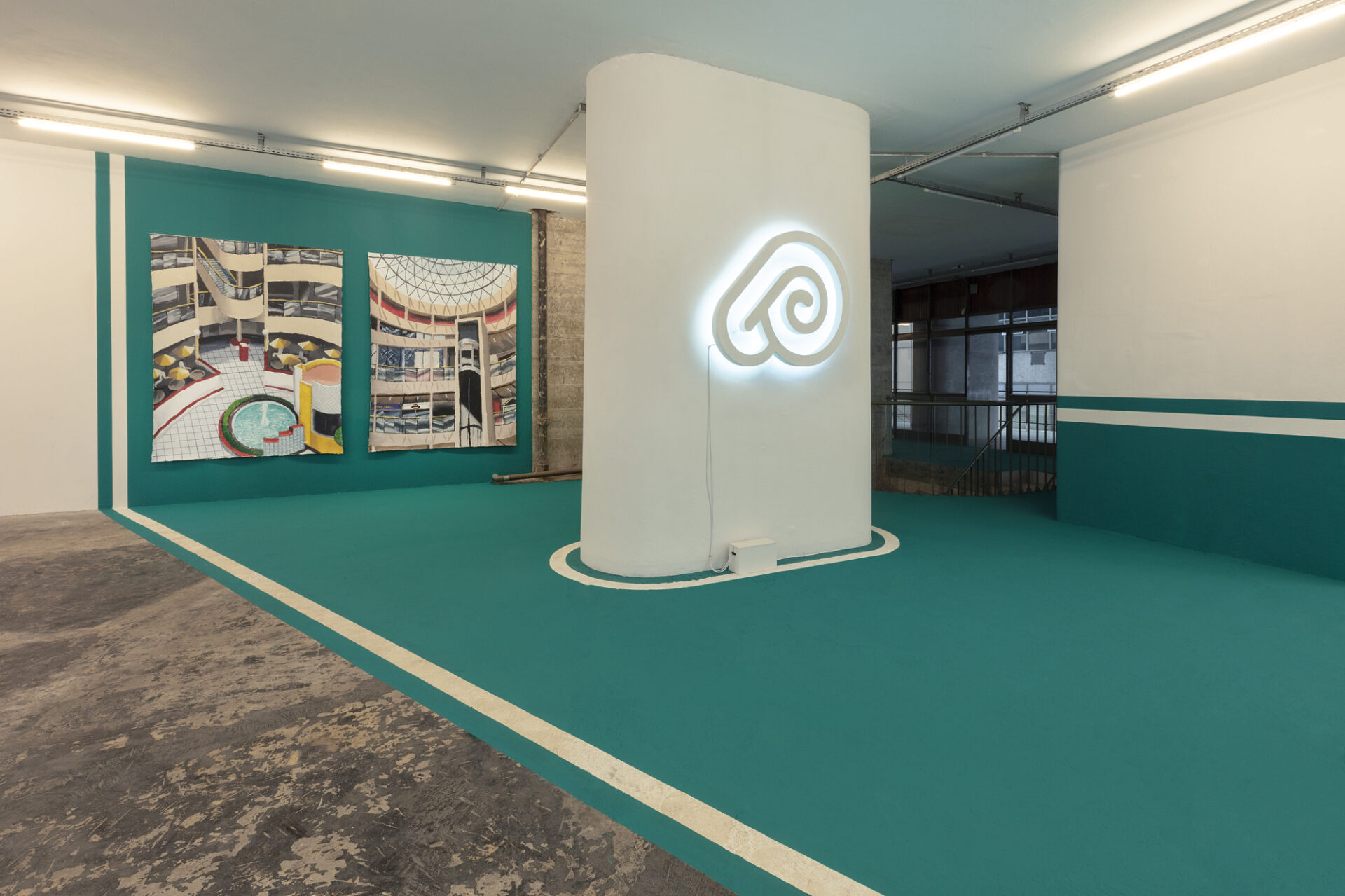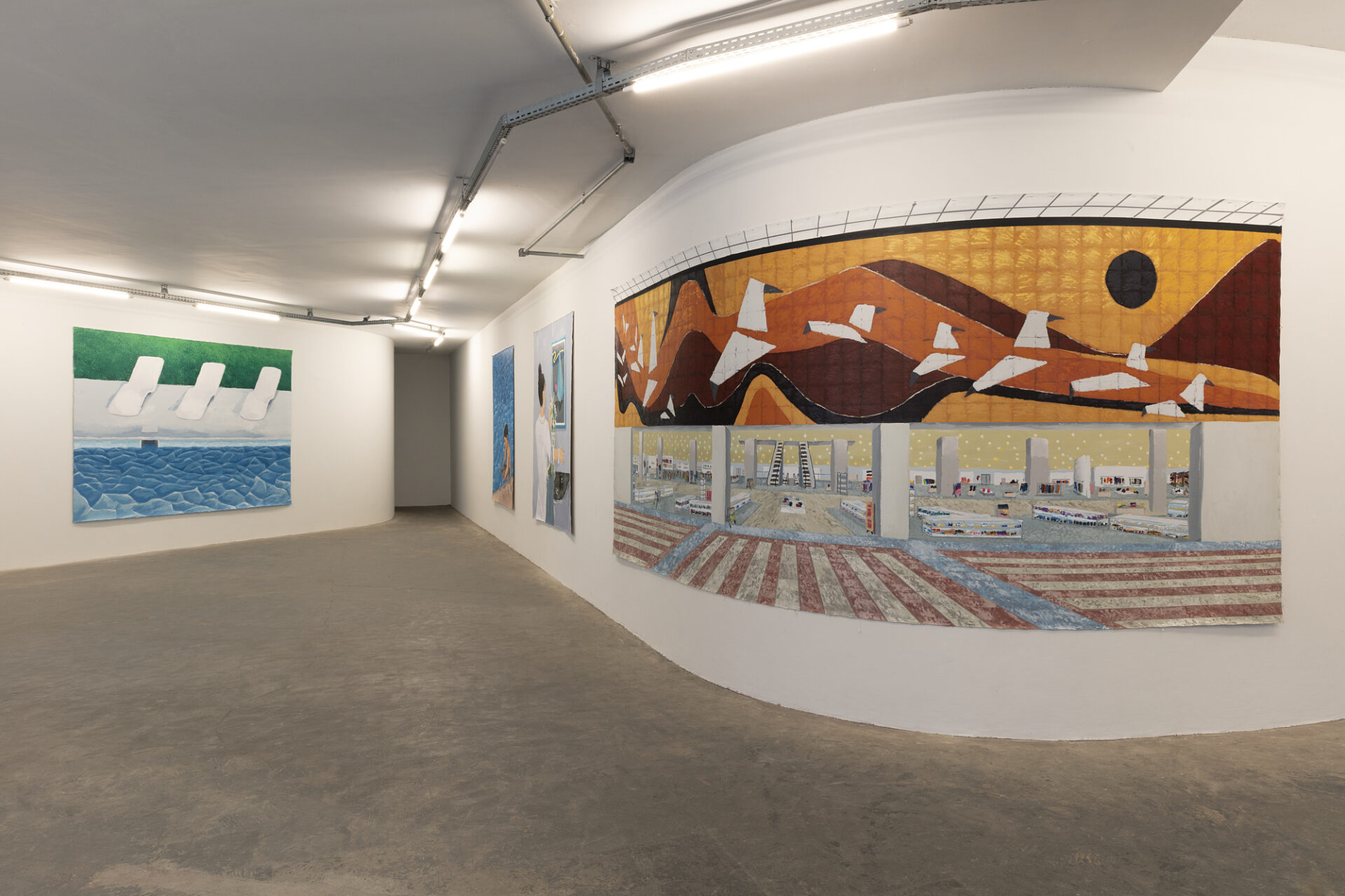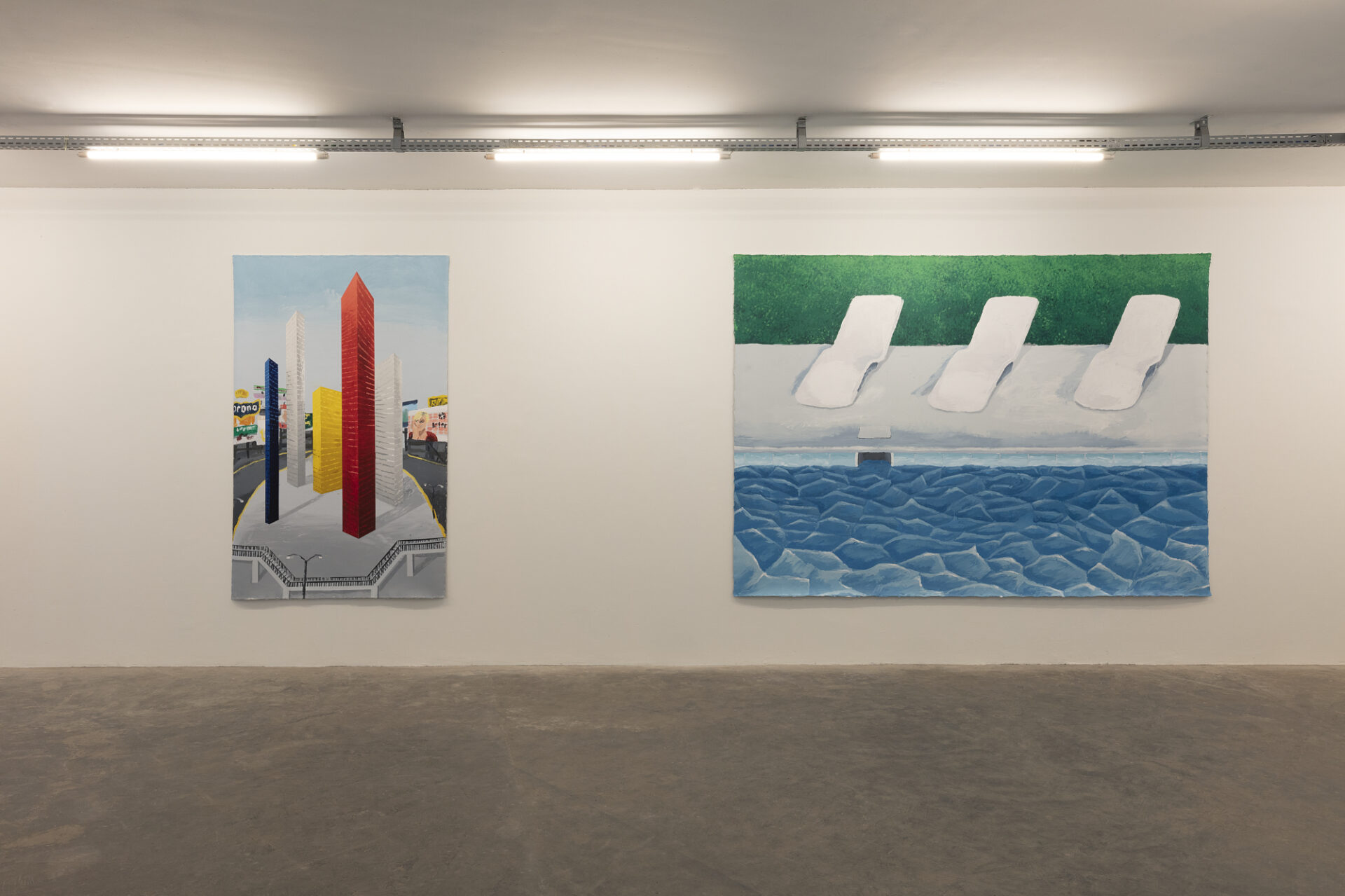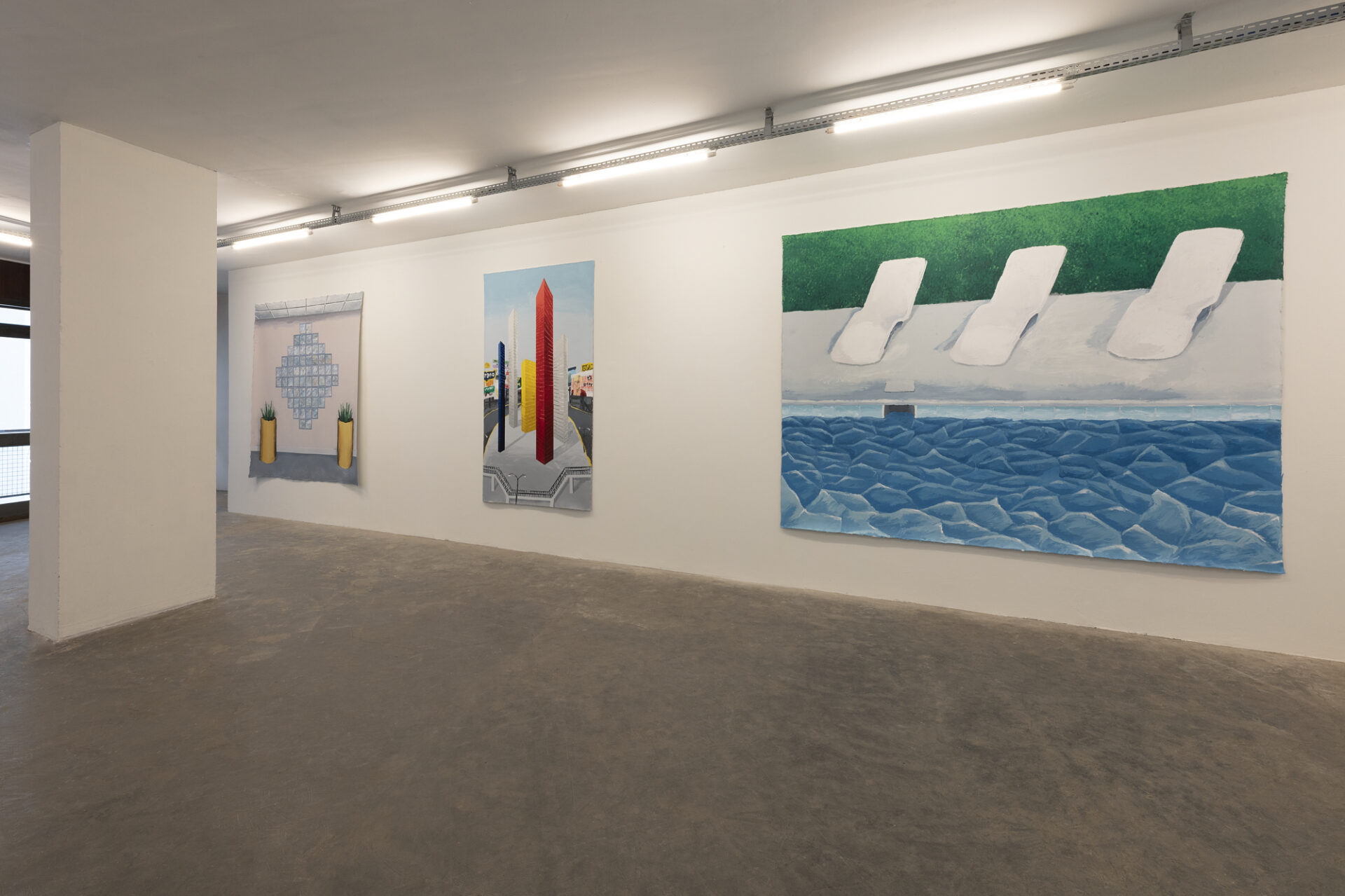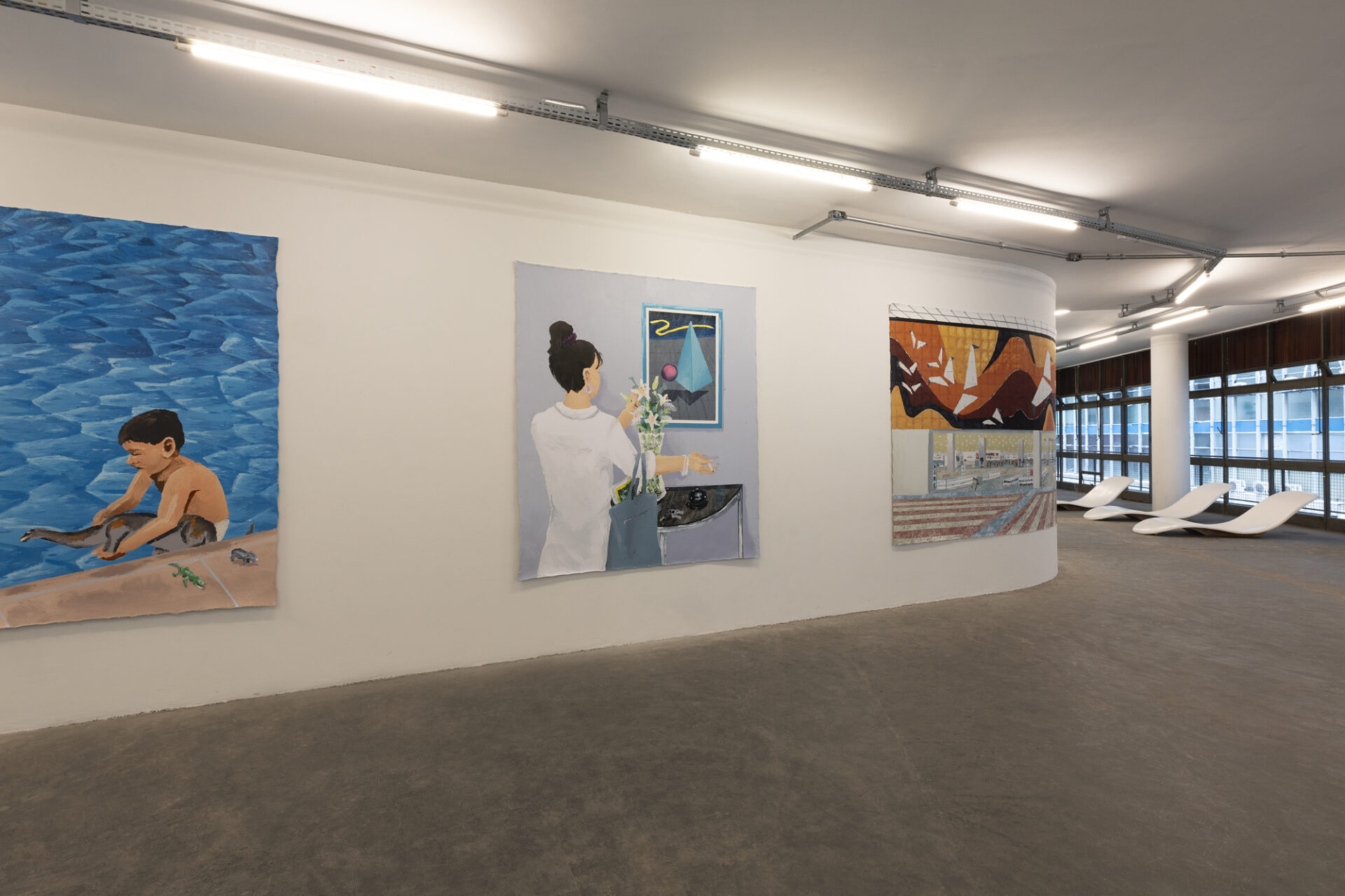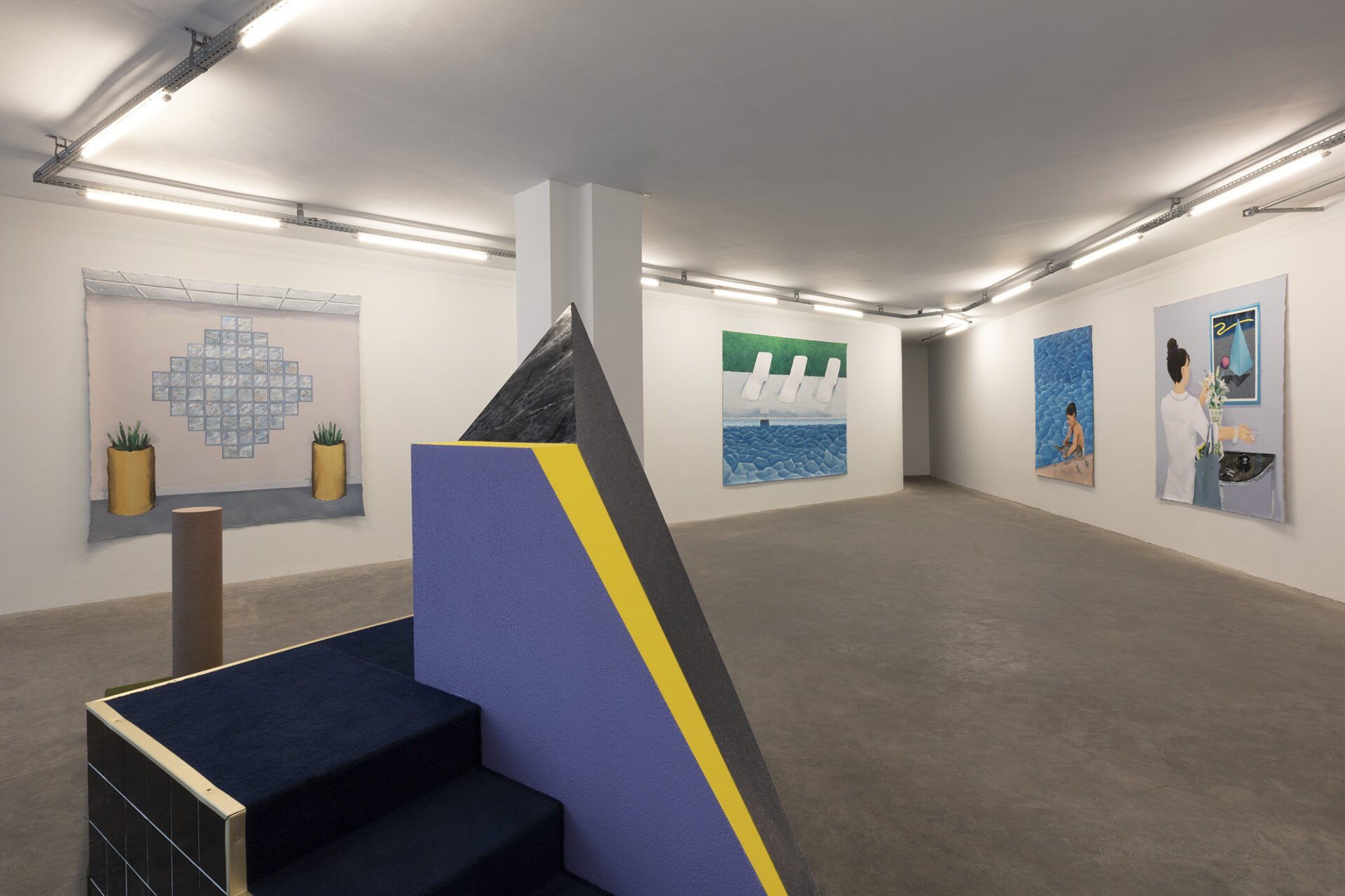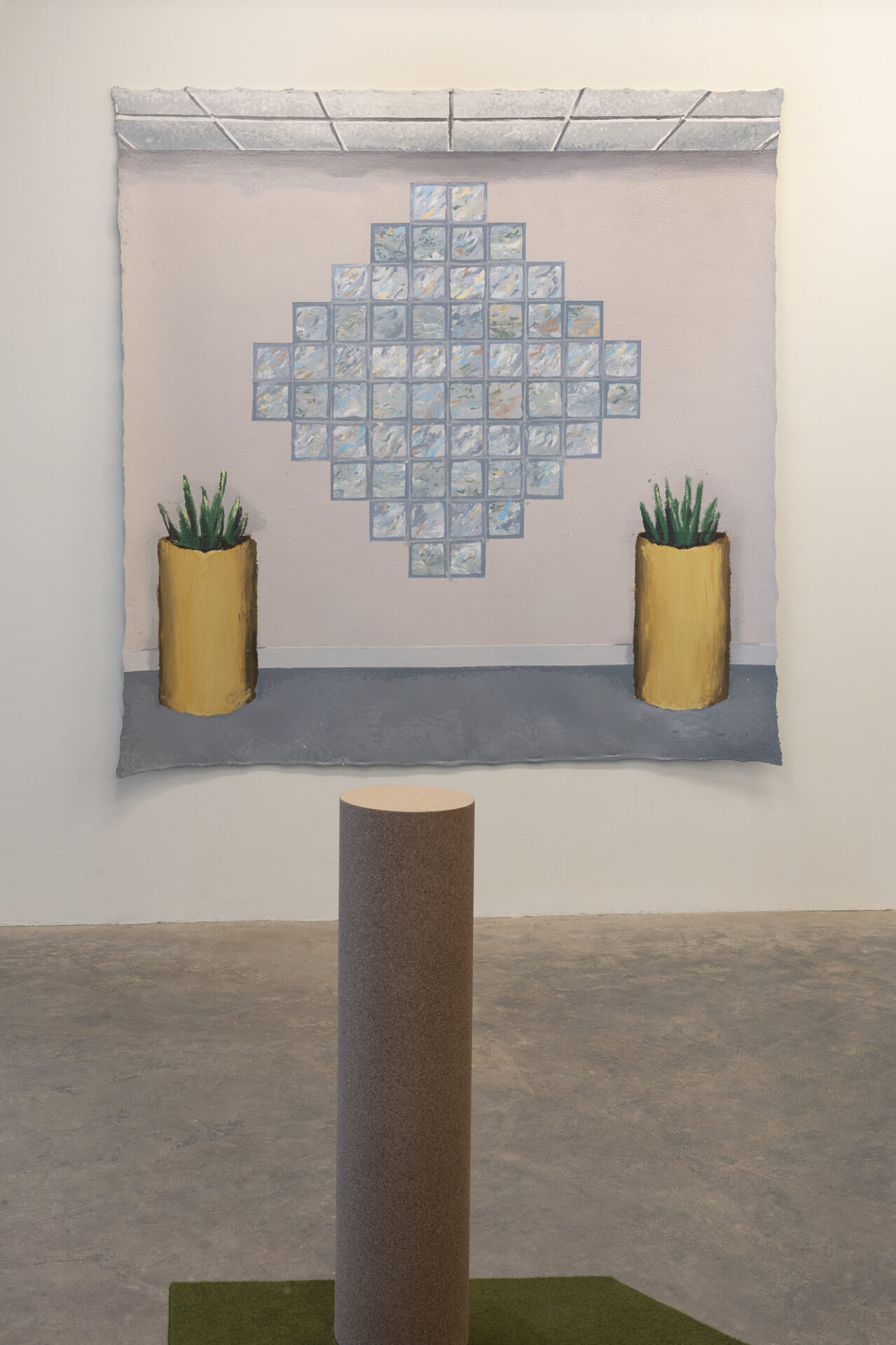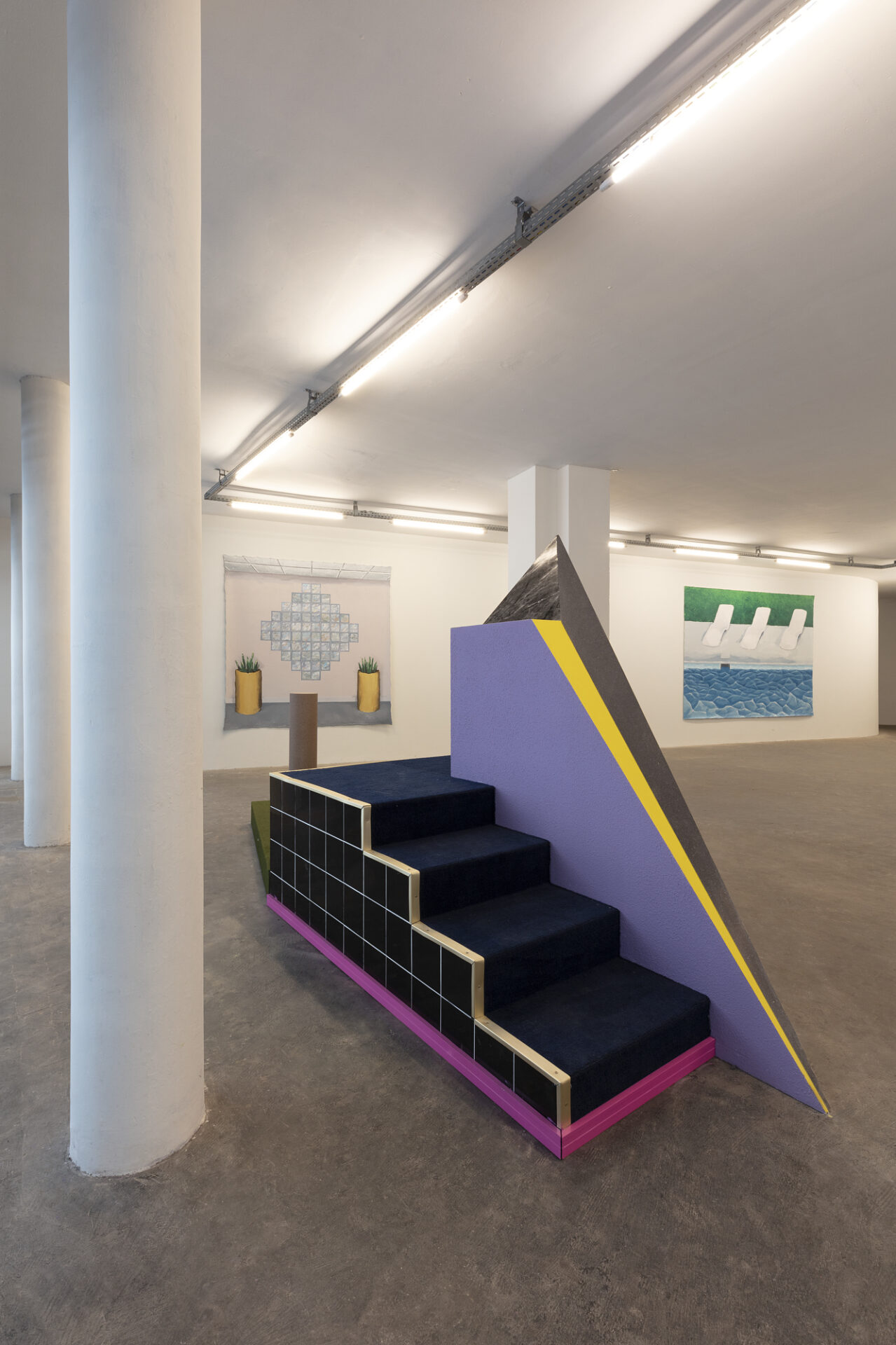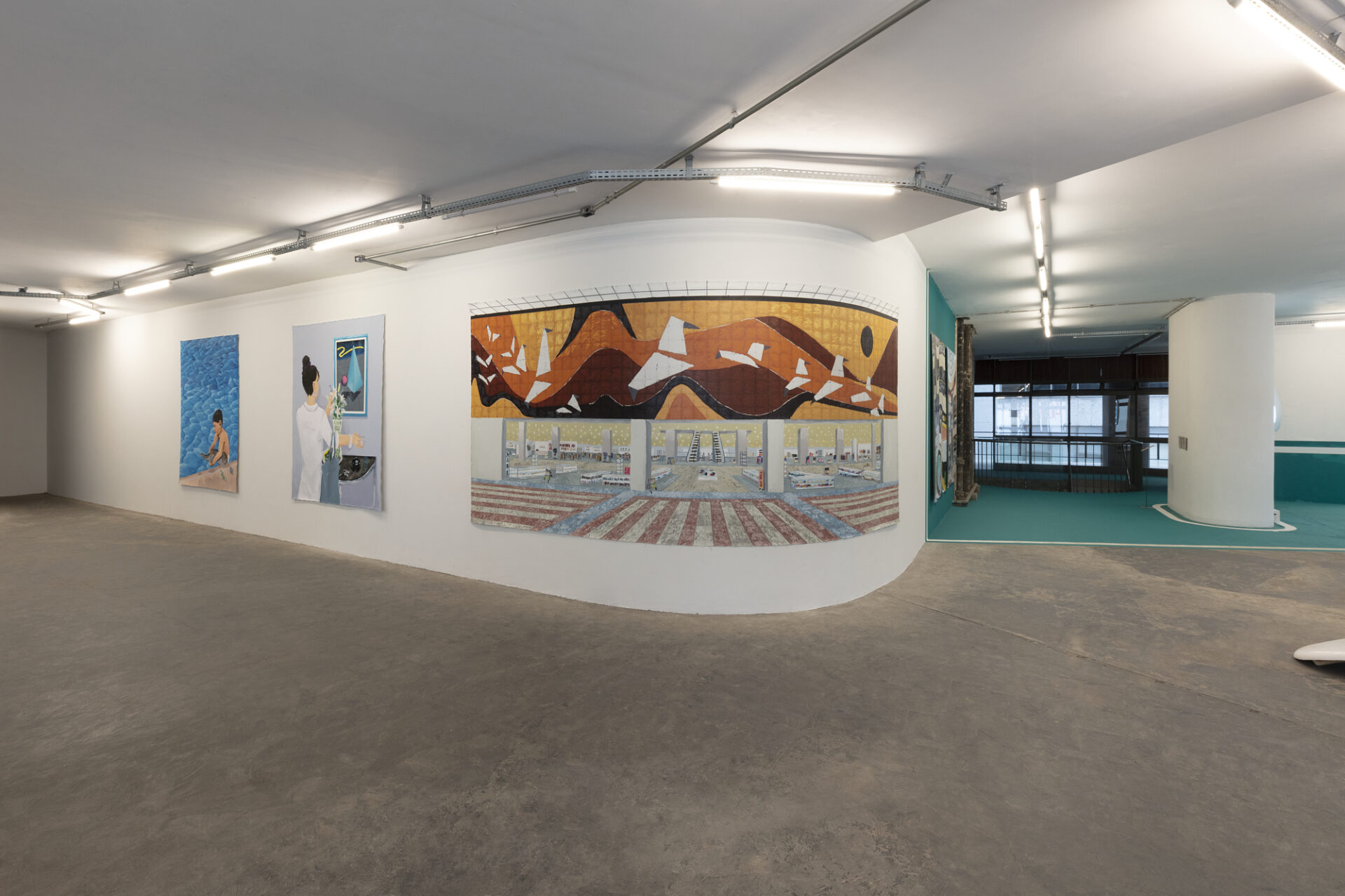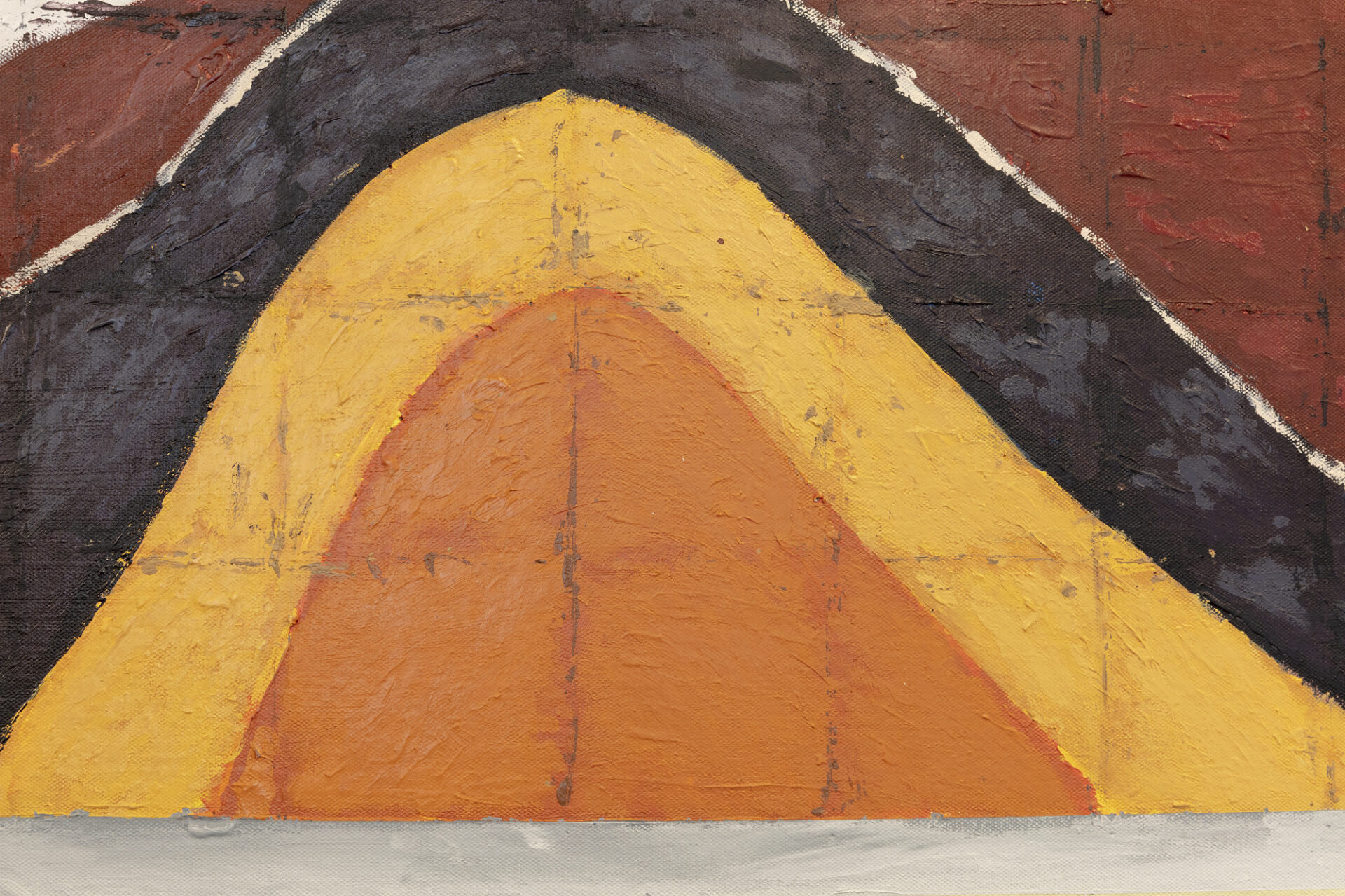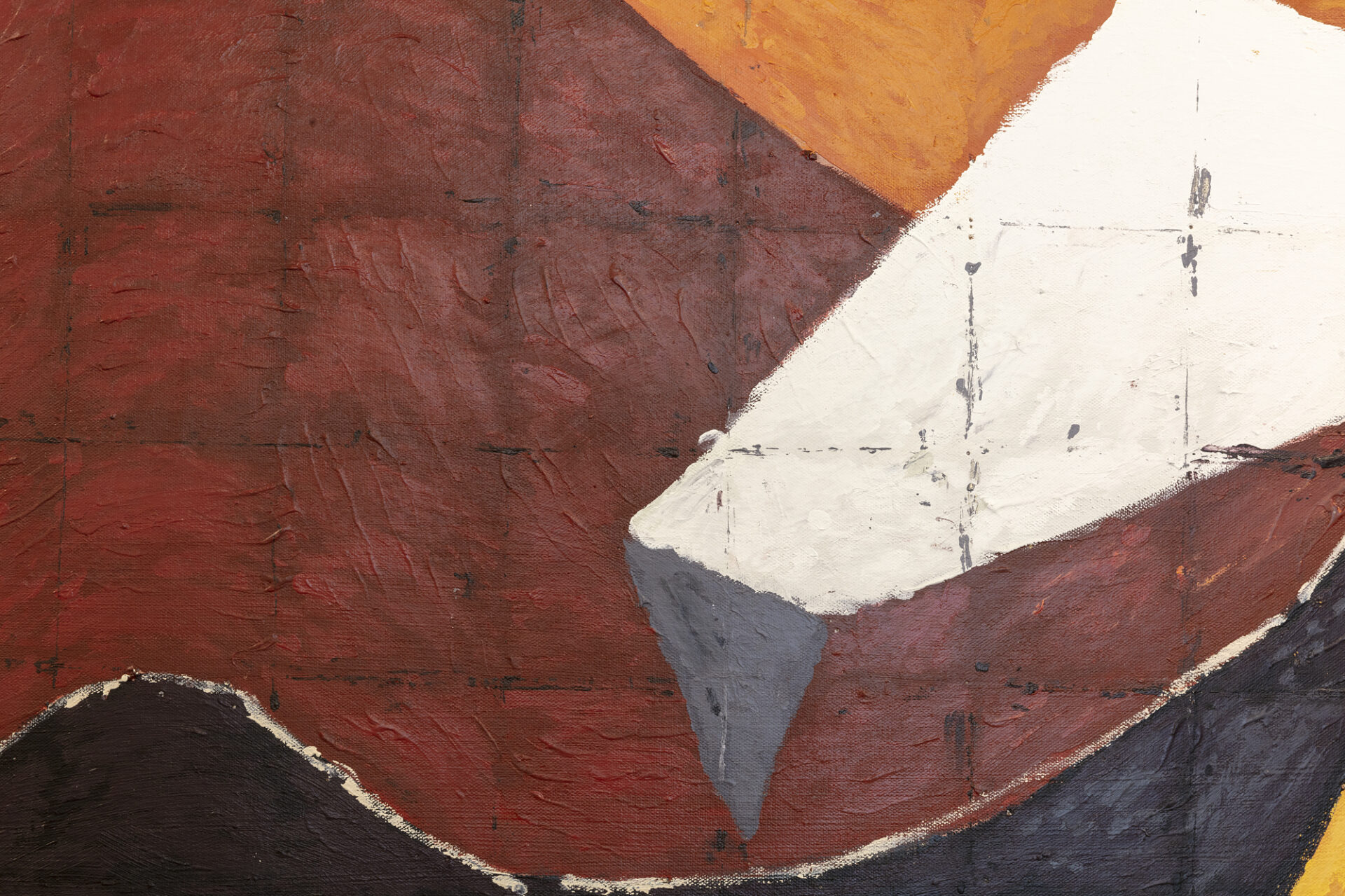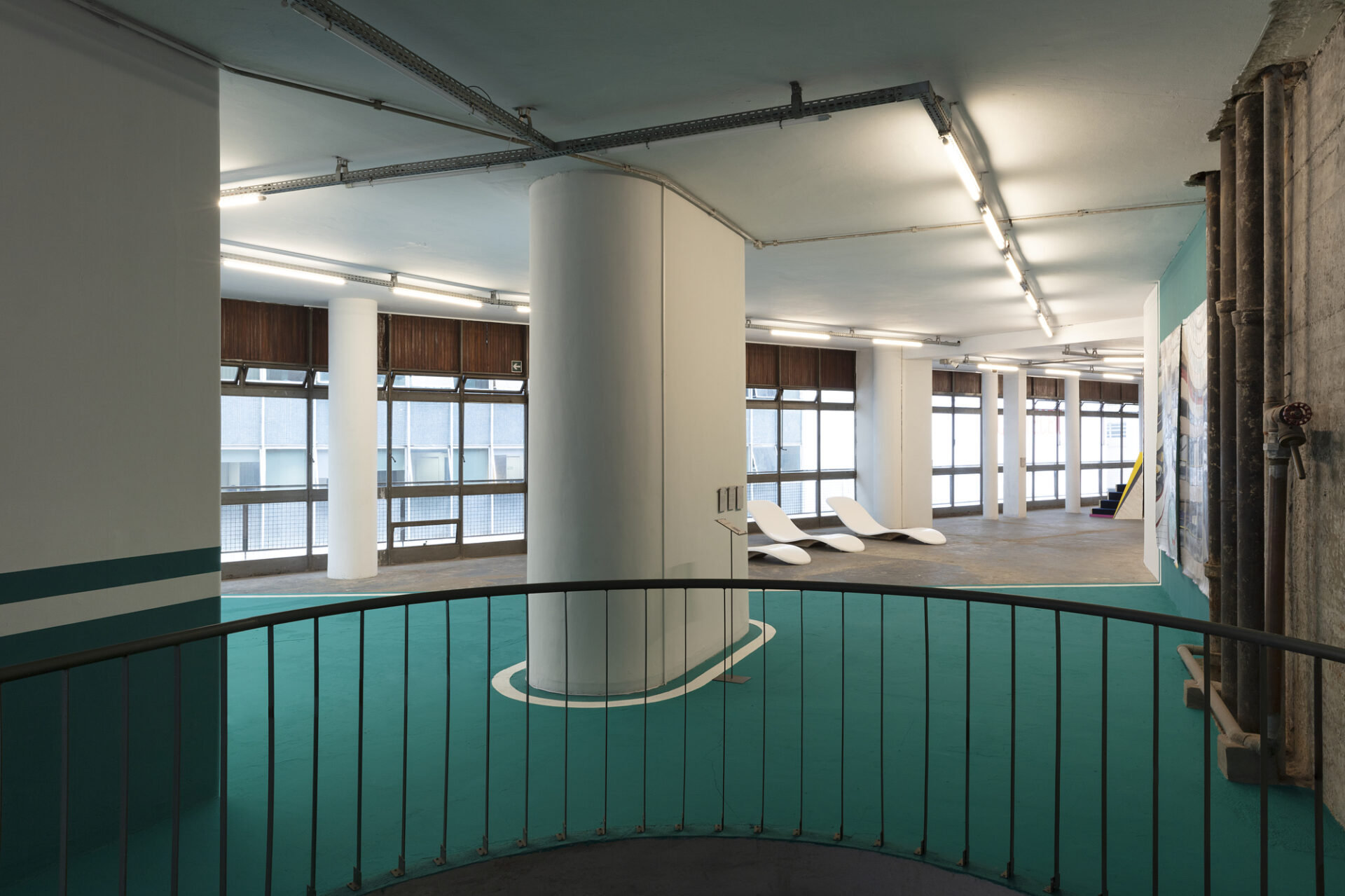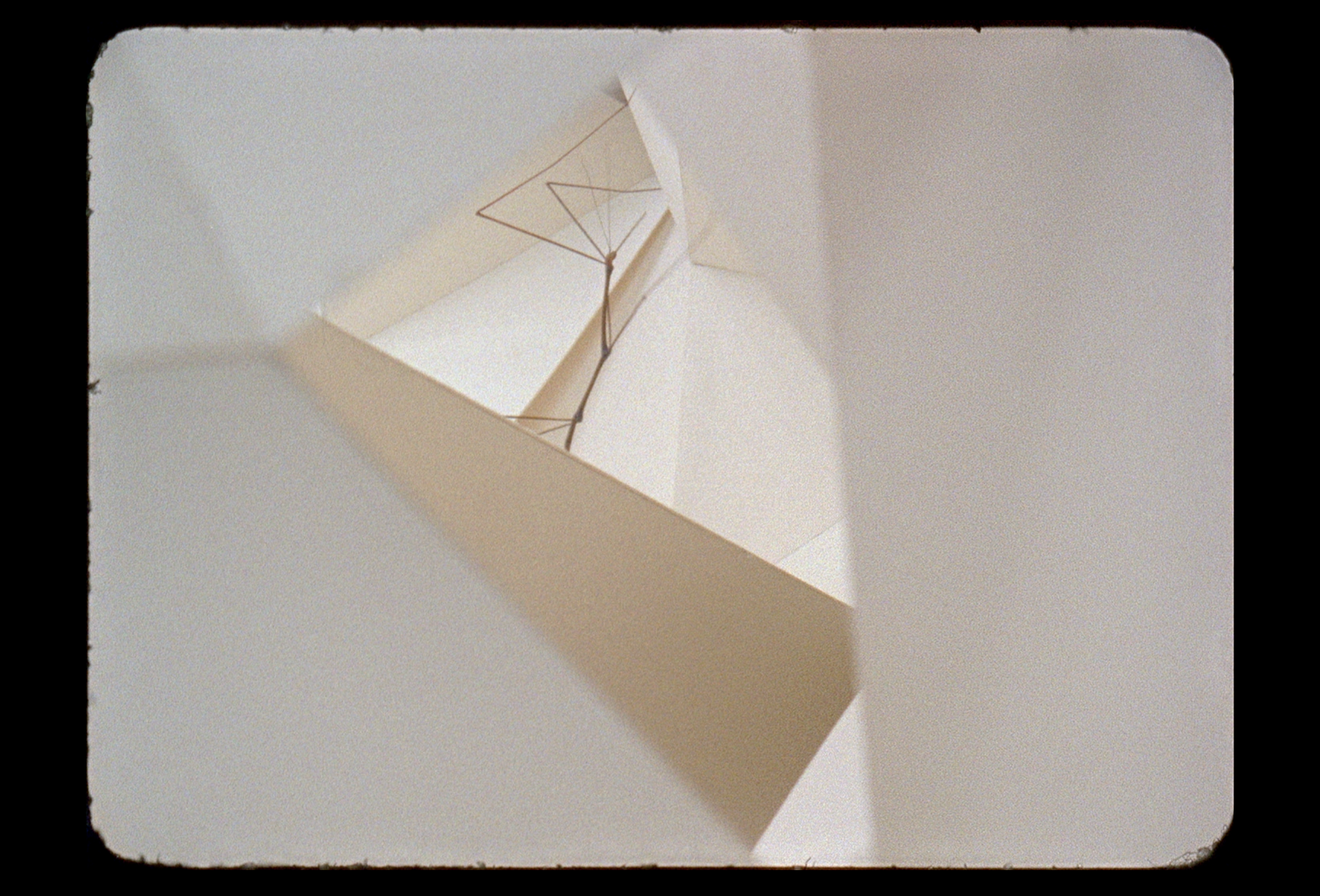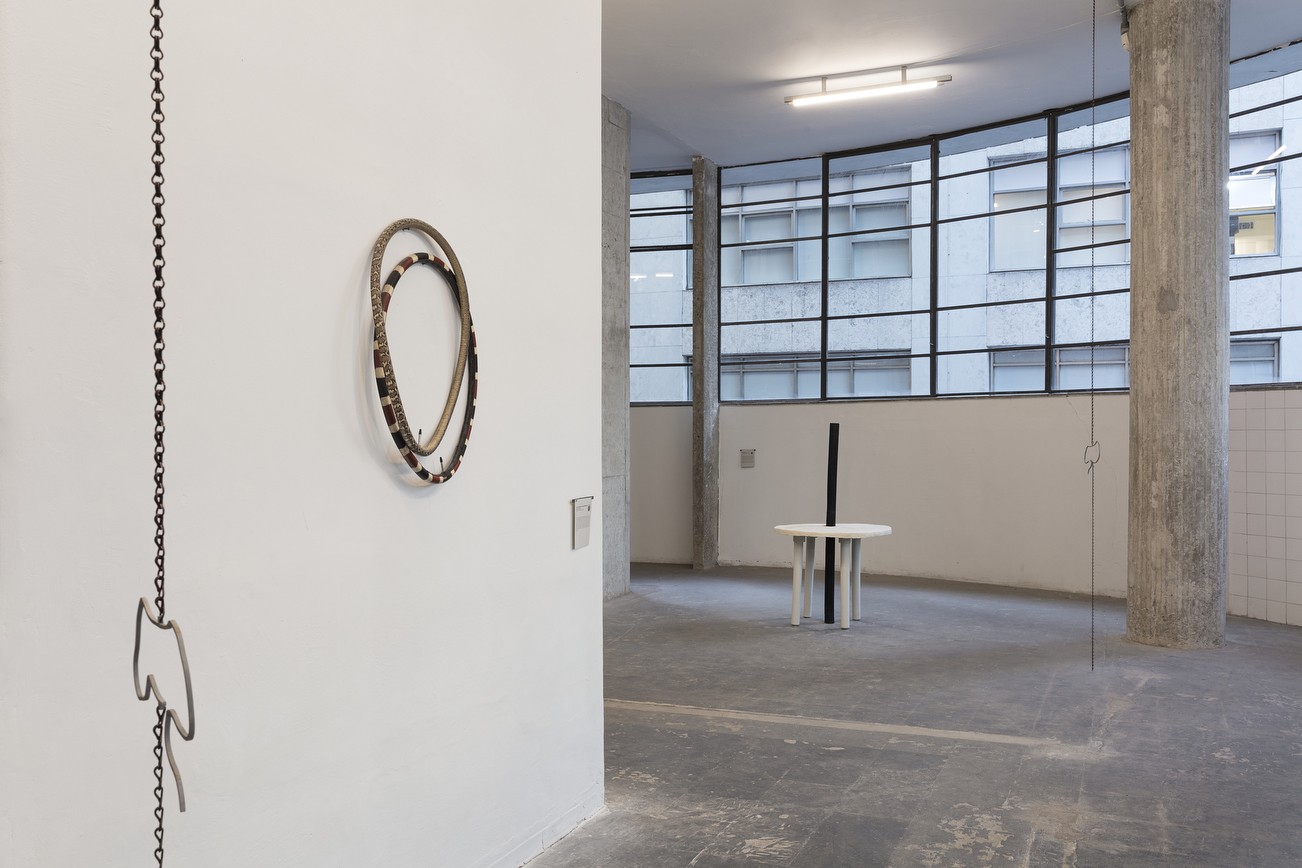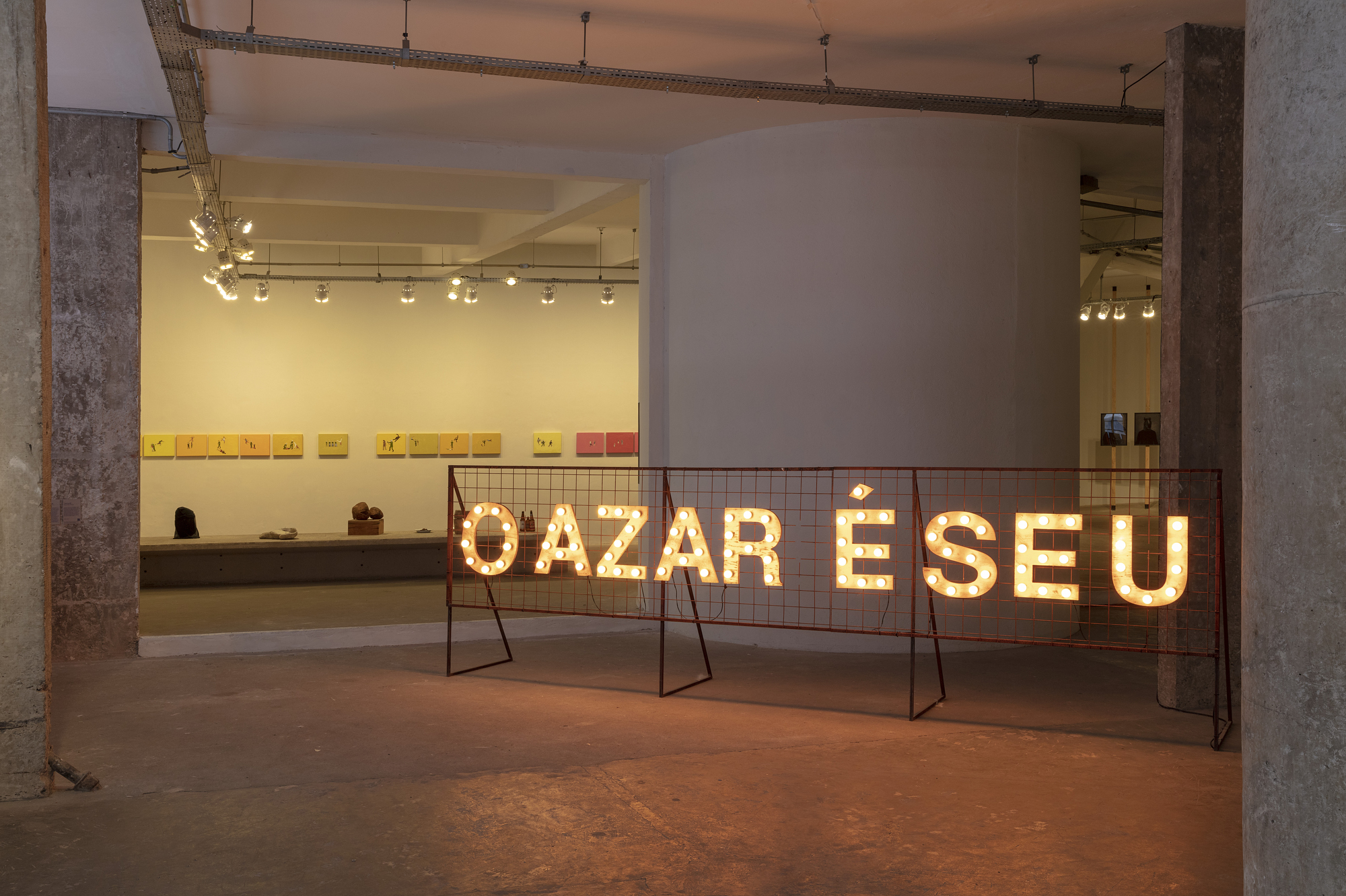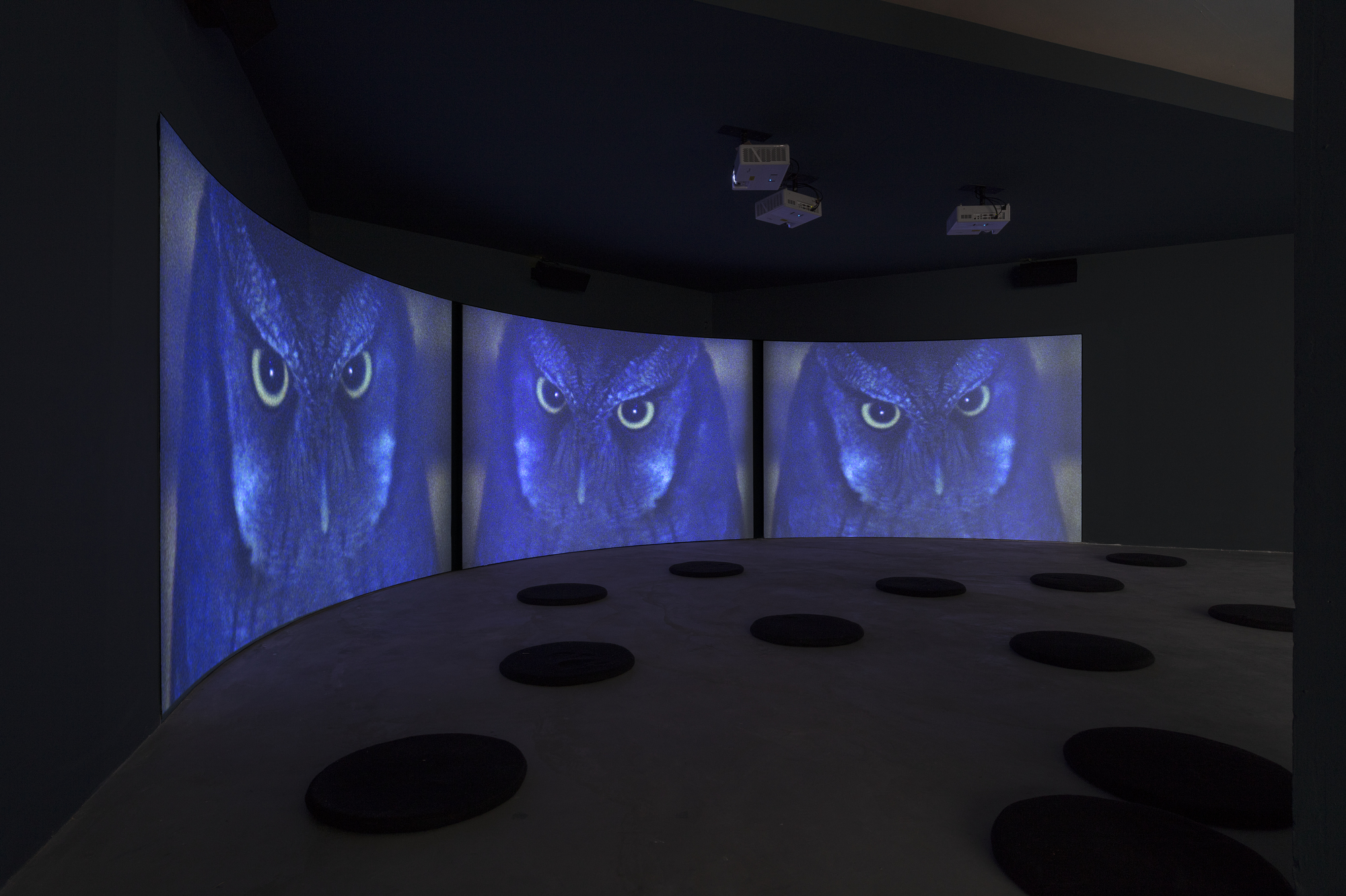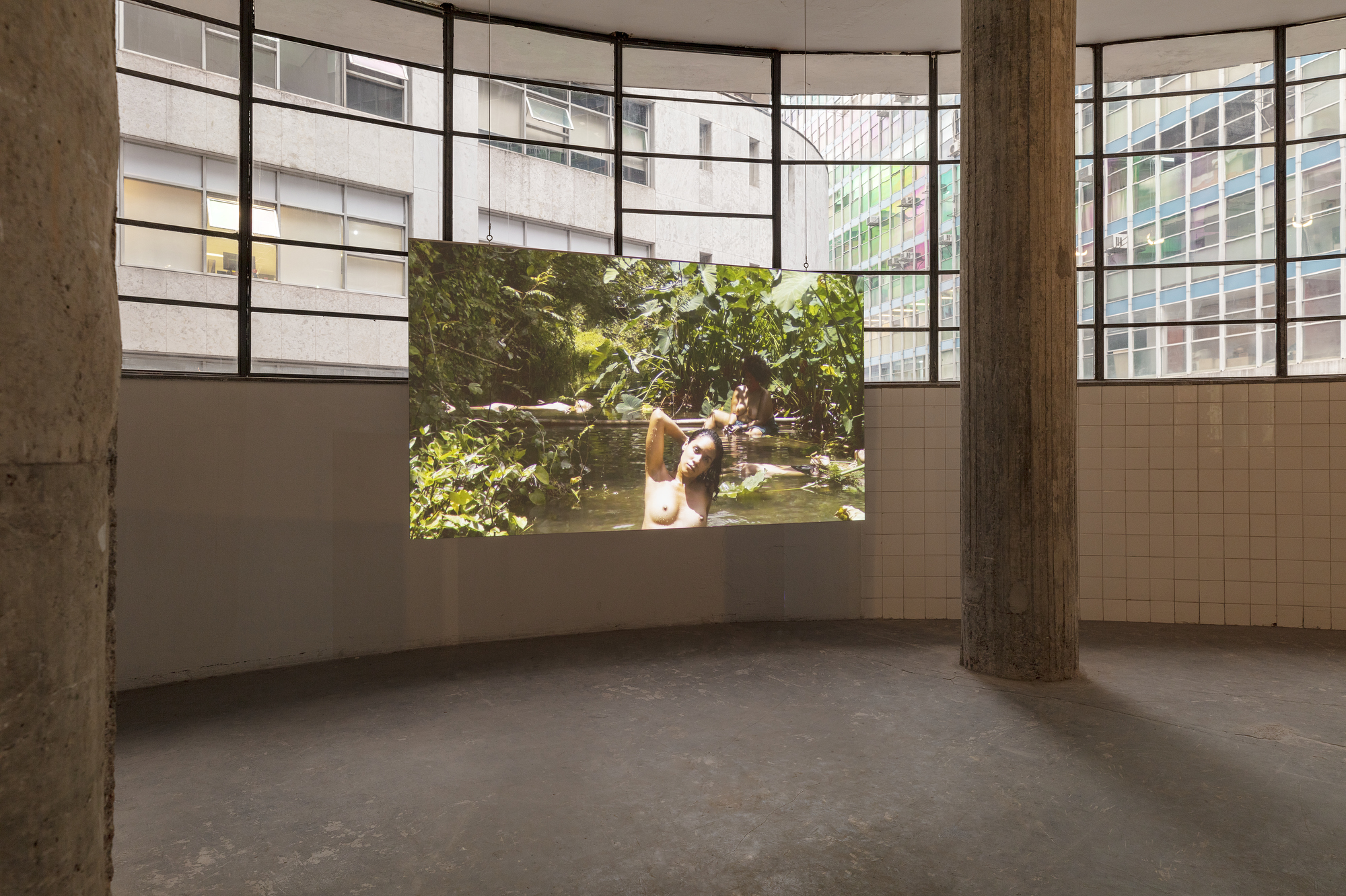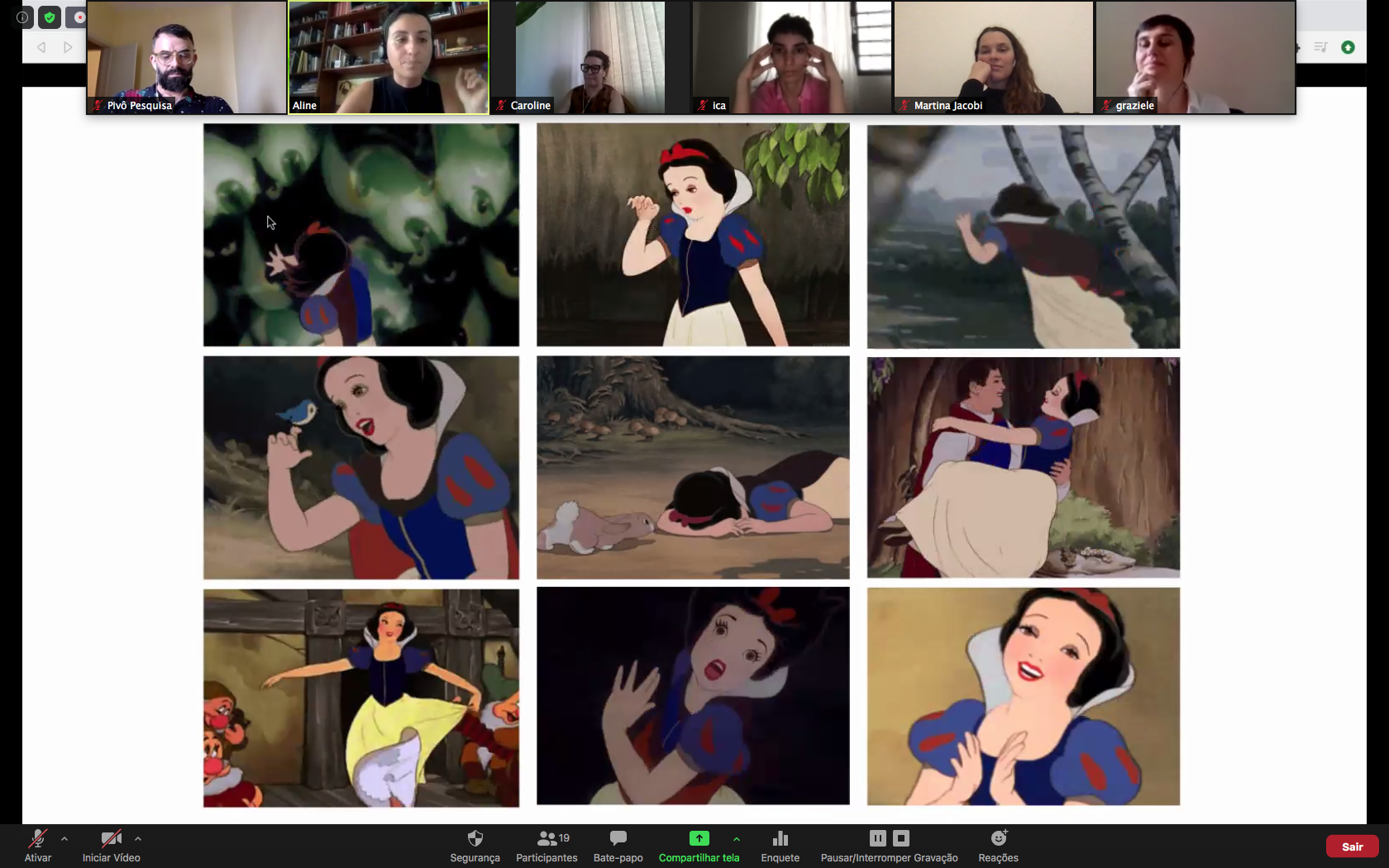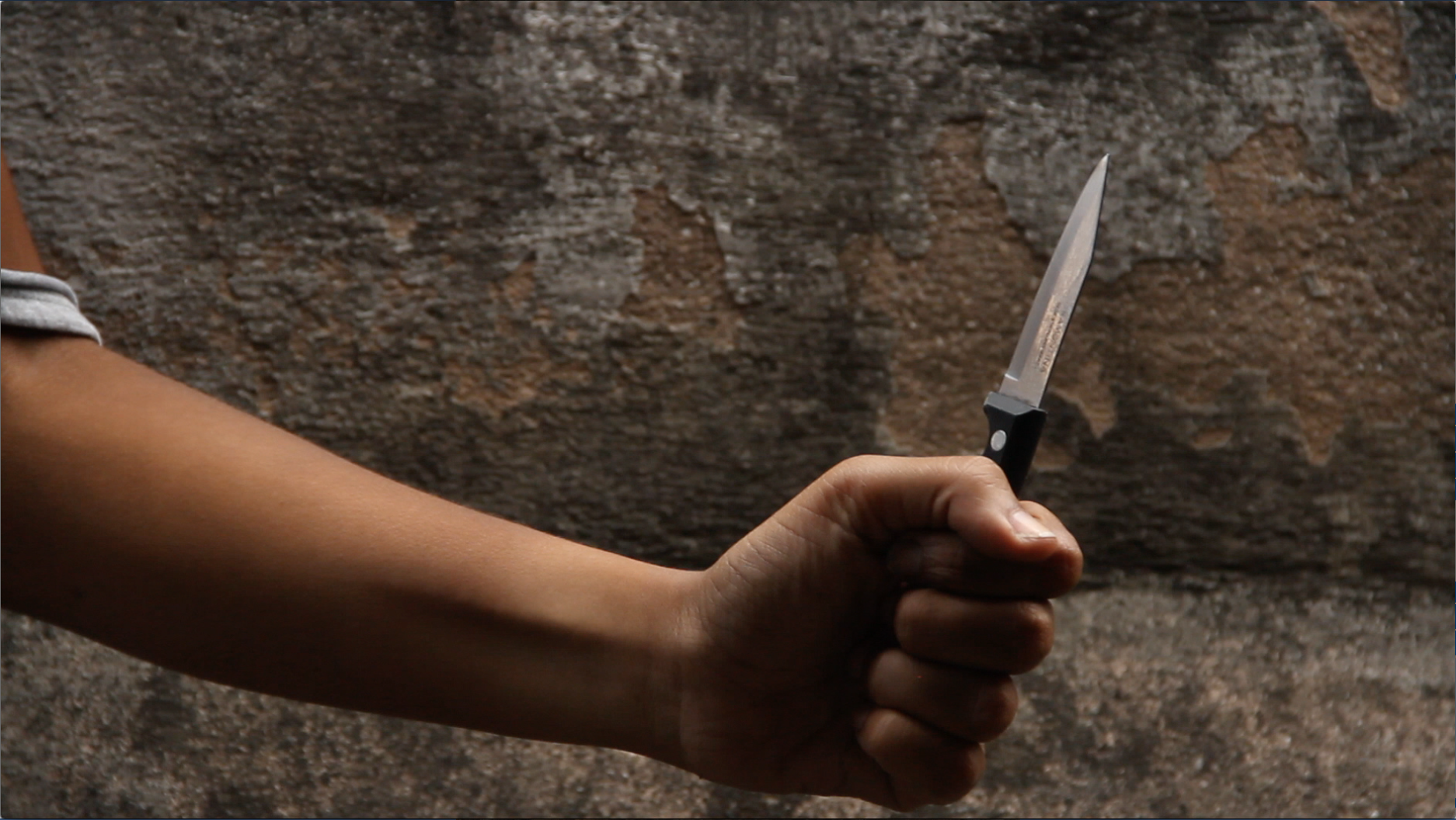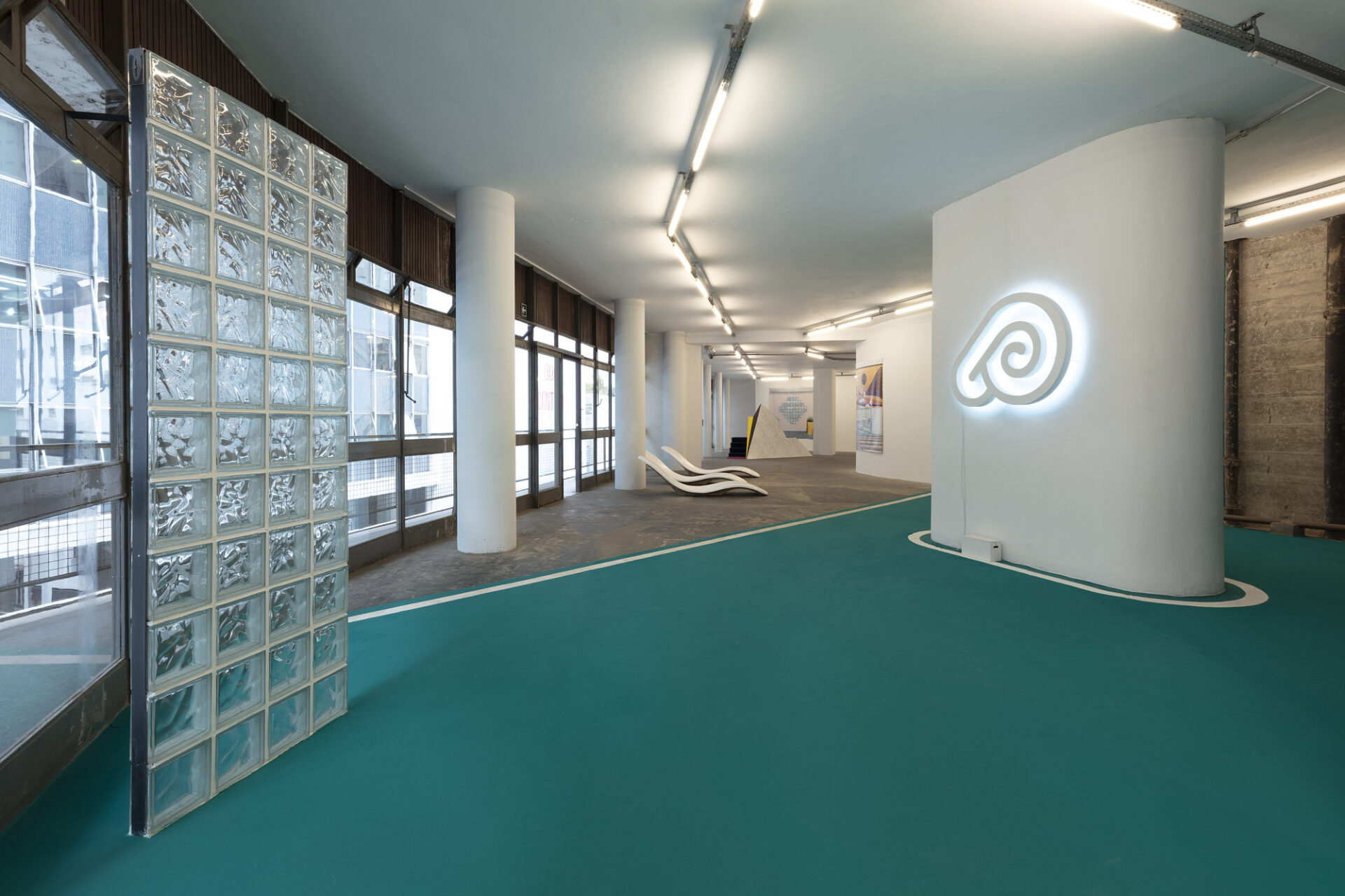
Mexican artist Manuel Solano‘s first exhibition in Brazil will show a series of new works inspired by shopping mall aesthetics and created by the artist’s childhood memories. The show is curated by João Mourão e Luís Silva.
Manuel Solano was born in Mexico City. Solo exhibitions: Seized by the Left Hand, Dundee Contemporary Arts (2020), Portraits, Peres Projects, Berlin (2019), I Don’t Wanna Wait For Our Lives To Be Over, ICA, Miami (2018), Oronda, Open Forum, Berlin (2018), PUNCHIS PUNCHIS PUNCHIS PUM PUM PUNCHIS PUNCHIS PUNCHIS, Museo de Arte Carrillo Gil, Cidade do Mexico (2016), Inherent Vice | Manuel Solano, Galería Karen Huber, Cidade do México (2016). Grouo shows: City Prince/sses, Palais de Tokyo, Paris (2019), FR –Visual AIDS, PARTICIPANT INC, New York (2019), Strange Messengers, Peres Projects, Berlin (2018), 2018 Triennial: Songs for Sabotage, New Museum, New York, THEMSELVES, Portland Institute for Contemporary Art, Oregon (2017), Straight From Mexico City, Ruiz-Healy Art, San Antonio (2016), Open Sesame, Lumber Room, Portland, Oregon (2016).
João Mourão and Luis Silva are a curatorial duo that works between Lisbon and the middle of the Atlantic, in the Azores. Mourão is Director of Arquipélago – Centro de Artes Contemporâneas, while Silva is Director of Kunsthalle Lissabon, an institution that they both founded in 2009. A selection of recent exhibitions that they have presented includes individuals from Ad Minoliti, Zheng Bo, Laure Prouvost, Caroline Mesquita, Engel Leonardo , Sol Calero, Irene Kopelman and Naufus Ramírez-Figueroa, as well as group exhibitions at institutions such as Extra City in Antwerp, the David Roberts Art Foundation in London or MACE in Elvas. In addition to their curatorial practice João Mourão and Luís Silva are also contributing editors of CURA magazine and co-editors of the Performing the Institution(al) series of publications. They were the curators of ZONA MACO SUR (2015 – 2017), the solo projects section of the contemporary art fair in Mexico City and the Disegni section (2017 -2019) of Artíssima in Turin.
Mexican artist Manuel Solano‘s first exhibition in Brazil will show a series of new works inspired by shopping mall aesthetics and created by the artist’s childhood memories. The show is curated by João Mourão e Luís Silva.
Manuel Solano, who is non-binary and prefers plural pronouns, was an emerging, 26-year-old artist when they lost their eyesight to an HIV-related infection in 2013. Unwilling to be hindered by their condition and urged on by their friends, Solano returned to making work. But rather than the experimental art of their earlier years, they began anew with a series of expressive portraits and word paintings, titled “Blind Transgender with AIDS.” Mining their memories of pop culture and past times while applying the paint with their hands, Solano created an impressive body of work. Because Solano draws on memories, the pop stars and formidable female figures they select for commemoration are an autobiographical pantheon of the painter’s formative influences. While Solano transcends fixed gender in their personal identity, their work has the electric energy that drag generates from the friction between exaggerated gender stereotypes.
Heliplaza is the name of a shopping center in Manuel’s neighbourhood of Ciudad Satélite, a suburb of Mexico City, developed in the 1980s. The show will revolve around notions of architecture, décor and shopping malls and how personality can be expressed through decor. The project is a direct result of Manuel dealing with both memories of their growing up and the Copan building where Pivô is located.
Courtesy Manuel Solano and Peres Projects, Berlin. This project had the support of the Fundación Jumex Arte Contemporáneo.

 Português
Português